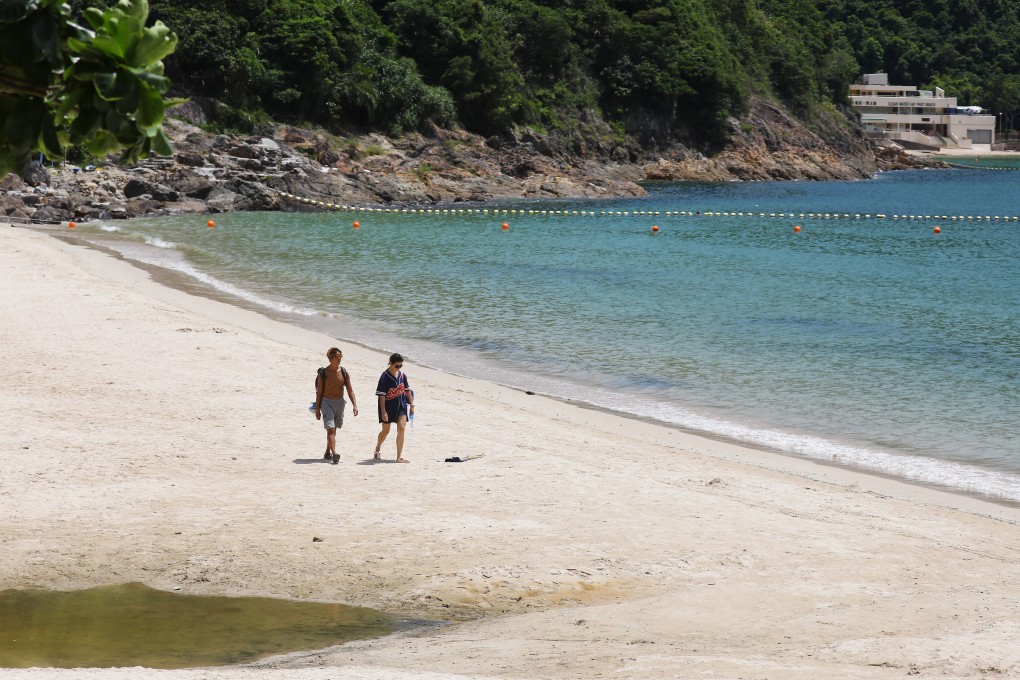Letters | Why Covid-19 means Hong Kong needs more seawater in the flush
- With rainfall low and Covid-19 increasing water demand, every drop of fresh water saved helps

Hong Kong’s water consumption this year will be higher as we have all been washing our hands and cleaning floors etc more frequently since the first outbreak of Covid-19. Such precautionary hygiene measures are essential in a pandemic. However, we should not overlook the additional stress being put on Hong Kong’s water supply.
According to the Water Supplies Department, 0.606 kilowatt-hour of electricity is consumed to treat a cubic metre of fresh water whereas only 0.368kWh is needed to treat the same amount of seawater. The potential for energy saving and carbon reduction is noteworthy.
It is a no-brainer for the city to expand the seawater flushing scheme beyond the current 85 per cent of the population. Those whose buildings still use fresh water for flushing are paying more for their water supply. To encourage residents to make the “green” move, the department should consider waiving the seawater connection charge.
